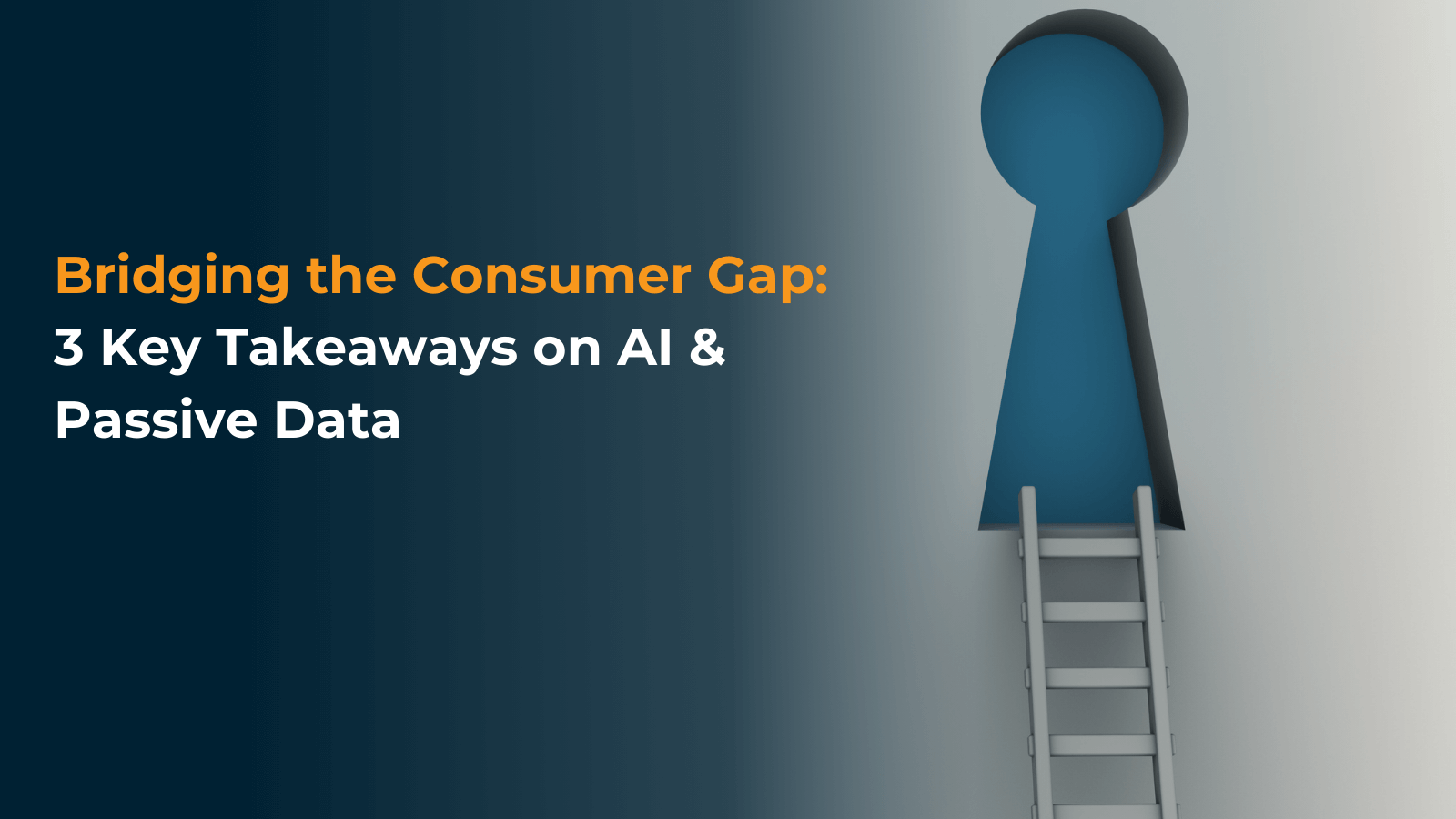Top 5 questions you should ask when building a consumer empathy program

Building a Consumer Empathy Program? Ask These 5 Questions
What do consumers want today—and what are they going to want tomorrow?
There’s a way to find out, but it’s not a quick fix. It requires you to step out of your own experience and into your customers’ shoes.
We’re talking about building a consumer empathy program.
What Is a Consumer Empathy Program?
A consumer empathy program is more than an occasional or surface-level foray into what motivates customers to make certain purchases. Rather, it’s a framework for intentional, sustained action to see what your customers do, hear what they say, discover their underlying thoughts and emotions and, most importantly, take steps to improve their experience.
Empathy gives you a window into the journey your consumers take when deciding which products to purchase. It sheds light on the experiences and emotions that inform their decision processes. At the end of the day, it’s a powerful way to make more sales, build a strong sense of customer loyalty, and anticipate emerging needs and trends so you can stay ahead of them.
Sounds great, right? But it’s not as simple as it might sound. To truly know that to find out what’s driving your customers’ purchasing decisions so your business can respond, you have to commit to consistent market research, regularly asking your target populations what they want and why. Here are five questions you can ask to start building a program that lasts.
1. What is the goal of your consumer empathy program?
In the timeless words of Stephen Covey, you should begin with the end in mind. What do you hope to accomplish with your consumer empathy program? How will you know if what you’re doing is working? Empathy requires long-term work; are you ready to stick with it?
2. Where will information from your consumer empathy program flow?
Once you start tapping into your customers’ thoughts and feelings, you might feel like you’re drinking from a firehose. You’re likely to hear input about how you should be designing, packaging, pricing, and marketing your products, as well as where you should be incorporating new features or innovating to fill gaps in the market. How will you funnel that information to the appropriate departments?
Bear in mind that you’ll need to be agile with this information: consumer desires change fast, and you don’t want your organization constantly chasing carrots that it can’t catch.
3. Who should be in charge of consumer empathy?
It’s tempting to start by assigning responsibility for the program, but the project cheerleader may not be the best long-term coordinator. That’s why we recommend first understanding what you hope to achieve and who can best act on the information you glean (or at least funnel that information to the appropriate department). Only then can you make an informed decision about who should be running the show.
4. How should you engage with your consumers?
Are you only planning to focus on qualitative market research insights, or do you also want to tap into quantitative data? Do you want to conduct traditional focus groups in a researcher’s office, or do you want to do online and mobile qualitative research studies and in-home usage tests (IHUTs)? Chart an initial path for how you’ll reach out to consumers and be prepared to adapt as you go.
5. How will you scale your consumer empathy program?
What will you do if your initial foray into consumer empathy delivers results? What will you do if it bombs? Consumers won’t believe that you’re sincere about understanding them if you repeatedly launch empathy programs, only to abandon them later. Get it right from day one by planning for how you’ll grow if you succeed and how you’ll try again if you initially fail.
When you approach consumer empathy with genuine interest, you’ll unlock unprecedented insights. You may even find that a sense of empathy permeates your entire organization, transforming the way you do business. The leaders we’ve spoken with described systemic changes like better listening and greater curiosity after starting their consumer empathy programs.
If you need support for effective mobile qualitative research or precision IHUTs using passive data collection as you’re building your consumer empathy program, reach out to us today.
 Consumer Empathy
Consumer Empathy 

